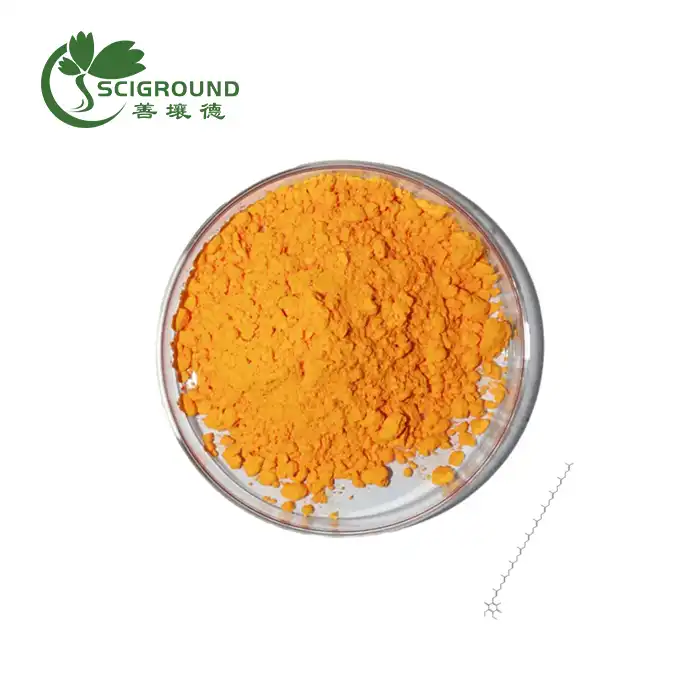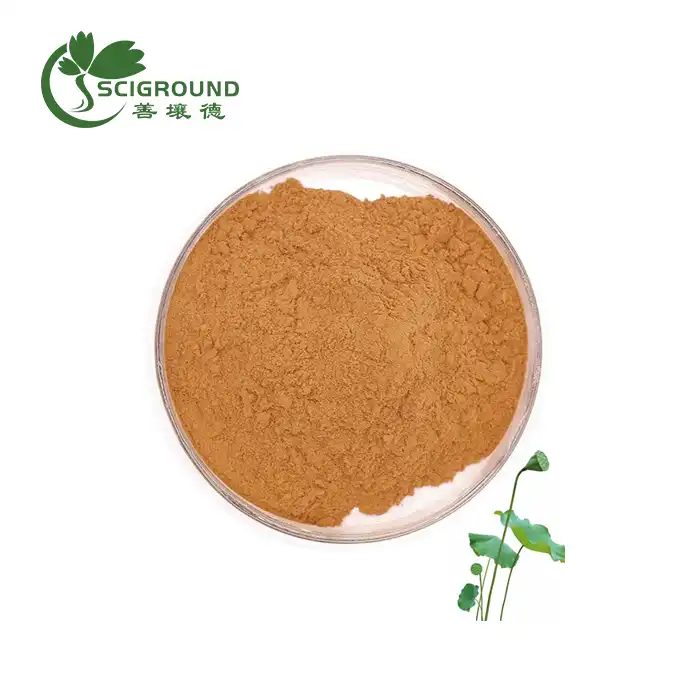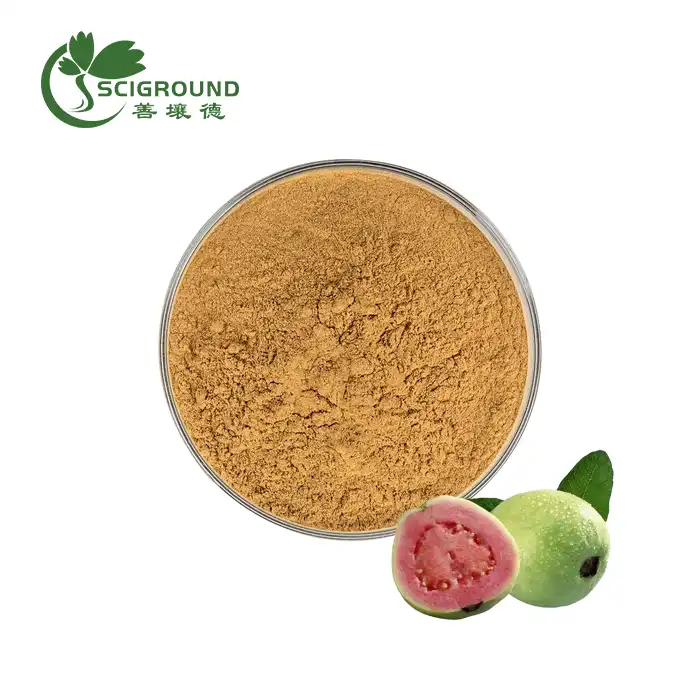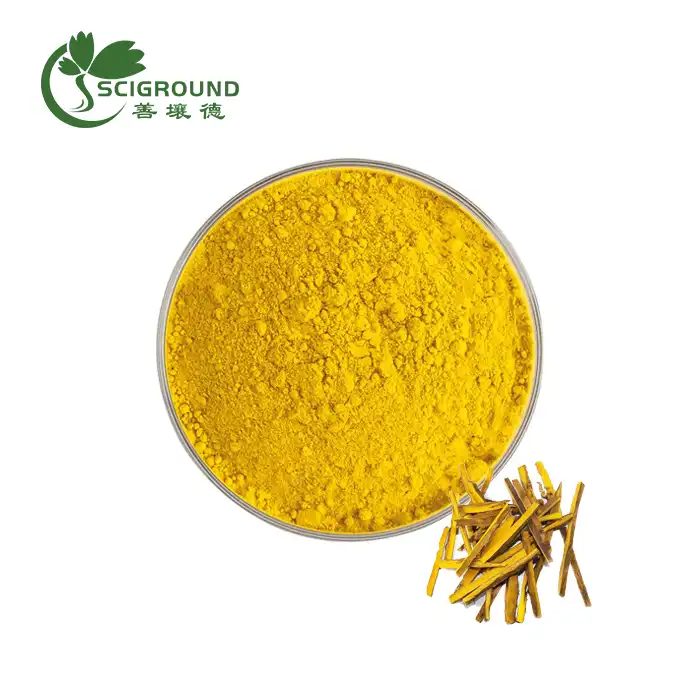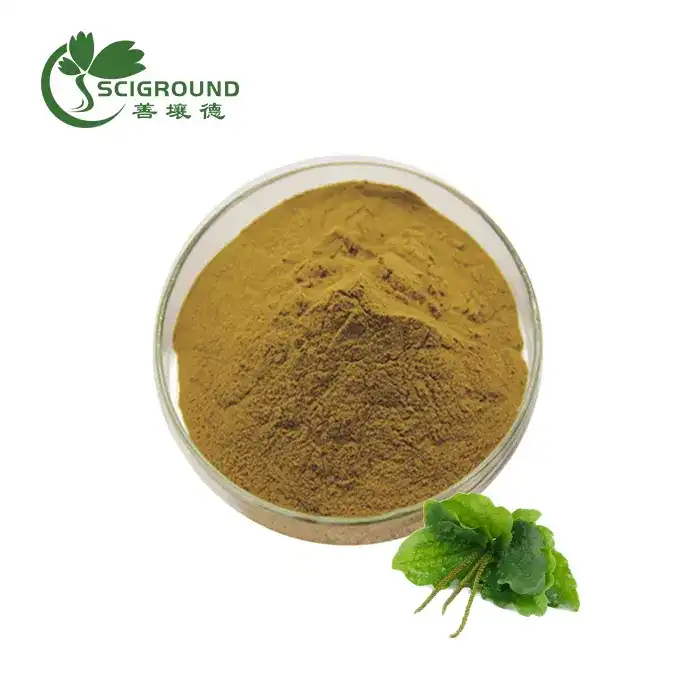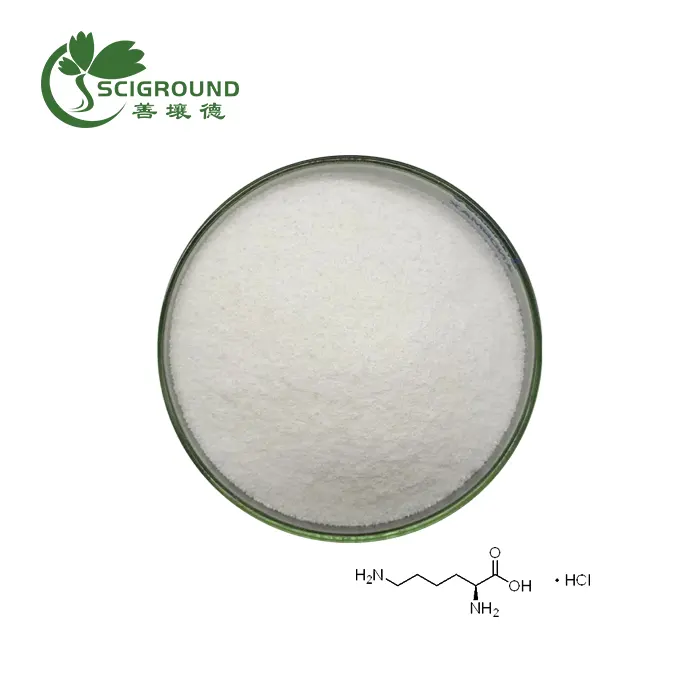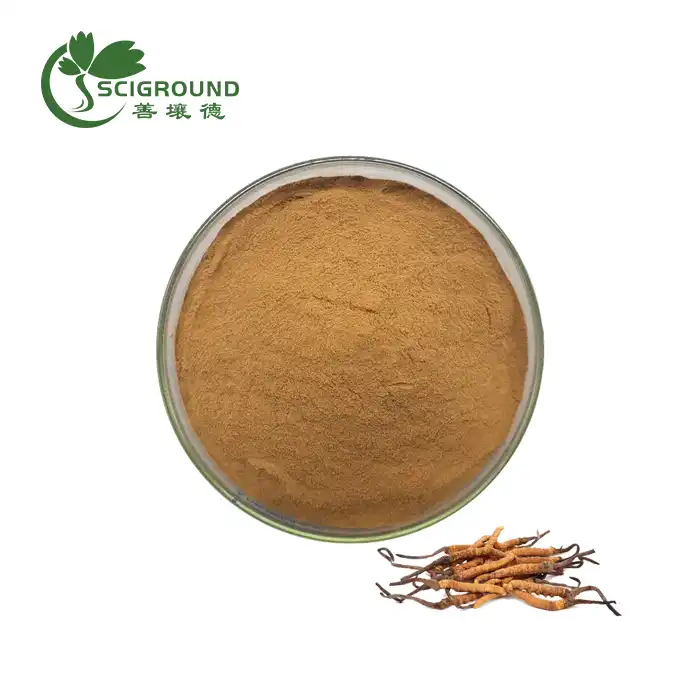Different Types of Persimmons
【Different Types of Persimmons】 What are the types of persimmons?
Persimmons are a diverse and delicious fruit, enjoyed by many around the world. There are two primary types of persimmons, each with distinct characteristics and culinary uses: astringent and non-astringent persimmons.
Astringent Persimmons:
Astringent persimmons are typically heart-shaped or squat, with vibrant orange skin when ripe. They are renowned for their astringency, which means they are incredibly tart and bitter until fully ripe. The most common varieties of astringent persimmons include:
Hachiya: Hachiya persimmons are one of the most well-known astringent varieties. They are acorn-shaped and must be fully ripe, almost jelly-like, before consumption. These are great for baking, making purees, and adding sweetness to recipes.
Tamopan: Tamopan persimmons are round and tomato-shaped, similar to the Hachiya in terms of ripening requirements. They are sweet and ideal for purees and desserts.
Non-Astringent Persimmons:
Non-astringent persimmons are much more approachable as they can be enjoyed when they are slightly firm and still maintain a sweet flavor. The most common varieties of non-astringent persimmons include:
Fuyu: Fuyu persimmons are squat and round with a distinct tomato-like appearance. They are crisp and sweet even when not fully ripe. Fuyus can be eaten like apples, sliced into salads, or enjoyed as a crunchy snack.
Jiro: Jiro persimmons are similar to Fuyus but often slightly smaller. They are also non-astringent and great for fresh consumption.
These are the primary types of persimmons, but within each category, you can find various cultivars and hybrids that offer subtle flavor and texture variations. Some other less common types include the Maru and Tipo persimmons, which are astringent, and the Izu and Saijo varieties, which are non-astringent. The choice between astringent and non-astringent persimmons often depends on personal preference and the culinary application.
Persimmons are not only versatile but also nutritious, providing essential vitamins, minerals, and dietary fiber. They are often enjoyed fresh, added to salads, used in baking, or transformed into purees and jams. The choice of persimmon type can greatly influence the outcome of your culinary creations, so it's worthwhile to explore both astringent and non-astringent varieties to discover your favorite.
How many different kinds of persimmons are there?
Persimmons are a diverse and delightful fruit, and there are numerous varieties and cultivars found around the world. The exact number of persimmon varieties can be challenging to pinpoint precisely, as it can vary depending on factors such as regional differences and breeding efforts. However, there are several well-known persimmon types, which can be broadly categorized into two primary groups: astringent and non-astringent varieties.
Astringent Persimmons:
Astringent persimmons are known for their extreme tartness and astringency when unripe. They must be fully ripened before consumption. Some common astringent persimmon varieties include:
Hachiya: Hachiya persimmons are widely recognized for their acorn-like shape and deep orange color when ripe. They are often used in baking and for making persimmon puree due to their sweet, jelly-like texture when fully ripe.
Tamopan: Tamopan persimmons are similar to Hachiya in appearance and texture. They are also astringent and ideal for recipes and desserts.
Non-Astringent Persimmons:
Non-astringent persimmons are more accessible to eat because they can be enjoyed when they are slightly firm and still maintain a sweet flavor. Common non-astringent persimmon varieties include:
Fuyu: Fuyu persimmons are squat and round with a distinct tomato-like appearance. They are sweet, even when not fully ripe, and are often eaten fresh, sliced into salads, or used as a crunchy snack.
Jiro: Jiro persimmons are similar to Fuyus, being non-astringent and suitable for immediate consumption.
Beyond these widely recognized persimmon types, there are numerous regional and lesser-known varieties, including Maru, Tipo, Saijo, Izu, and more. These varieties may offer subtle flavor and texture differences and are often cultivated in specific geographical areas.
The number of persimmon varieties continues to evolve due to ongoing breeding efforts, aimed at developing new and improved cultivars with unique characteristics. Whether enjoyed fresh, added to culinary creations, or used for preserving, persimmons remain a versatile and delicious fruit that provides essential vitamins, minerals, and dietary fiber. The choice of persimmon type is a delightful exploration for those who appreciate the diverse flavors and textures this fruit has to offer.
Which is better: Hachiya or Fuyu persimmon?
The choice between Hachiya and Fuyu persimmons largely depends on personal preference and the intended culinary application, as these two varieties offer distinct flavors, textures, and uses.
Hachiya Persimmons:
Hachiya persimmons are known for their striking acorn-like shape and vibrant orange color when fully ripe. They are exceptionally sweet and have a jelly-like texture when ripe, making them ideal for baking and creating persimmon puree. Hachiya persimmons are often used in recipes such as persimmon cookies, puddings, and bread. However, they must be fully ripened to avoid the astringent, puckering sensation caused by their tannins when unripe. This ripening process can take time, but the sweet reward is well worth it for those who enjoy their unique flavor and texture.
Fuyu Persimmons:
Fuyu persimmons, on the other hand, have a distinctive tomato-like appearance, and they are typically squat and round. They are non-astringent, which means they can be eaten when still slightly firm and even when they are not fully ripe. Fuyu persimmons have a crisp, sweet, and mildly spicy flavor. They are often enjoyed fresh, sliced into salads, or used as a crunchy snack. Their versatility in both raw and cooked dishes makes them a favorite for those who appreciate a milder, less sweet persimmon.
Ultimately, there is no "better" choice between Hachiya and Fuyu persimmons; it's a matter of personal taste and the culinary use you have in mind. Some individuals prefer the sweetness and unique texture of Hachiya for baking and desserts, while others lean towards the convenience and versatile applications of Fuyu persimmons for fresh consumption and a wide range of recipes. Both varieties offer delightful flavors and can be enjoyed in their own right.
At SciGround Bio, we are a professional manufacturer and supplier of high-quality products, including persimmons. We offer competitive prices and ensure the best quality for our customers. If you have any questions or would like to learn more about our products, feel free to contact us at info@scigroundbio.com.
References:
Related Industry Knowledge
- Unlock the Benefits of Apricot Seed Powder for Natural Skincare
- What are the differences between MCT oil and MCT powder?
- What is Aloe Vera Powder?
- What is acriflavine hydrochloride used for?
- how does corn silk extract help the bladder
- Is Griffonia seed the same as 5-HTP?
- Does L-carnitine help lose belly fat?
- Vitamin B1 vs B12
- The Green Powerhouse: Exploring the Wonders of Alfalfa Extract Powder
- Unleashing the Power of Alfalfa Extract Powder: A Natural Superfood for Health and Vitality

